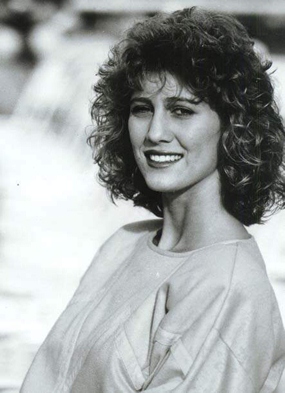A friend is doing a photography course by correspondence and has come up against DOF, the contraction for Depth Of Field, so this is for you Harpic.
What’s DOF? Quite simply, it is Depth Of Field, and mastery of DOF really is the second rule of photography in my opinion. Before you ask, the first rule is to walk several meters closer to the subject!
The Depth Of Field in any picture can often make or break the entire photograph, but knowing how to manipulate the depth of field improves your photography instantly!

The term DOF refers to an optical one and depends solely on the lens being used and the aperture selected. Altering the shutter speed does not change the Depth of Field.
Depth of Field really refers to the zone of “sharpness” (or being in acceptable focus) from foreground items to background items in any photograph. This is different from what the eye sees, as the eye can instantly focus on near and far objects, giving the impression that everything in your field of vision is in sharp focus. The camera, however, gives you a slice of time.
The first concept to remember is “1/3rd forwards and 2/3rds back.” Again this is a law of optical physics, but means that the DOF, from foreground to background in your photograph can be measured, and from the focus point in the photo, extends towards you by one third and extends away from the focus point by two thirds.
For those of you with SLR’s, especially the older manual focus SLR’s, you will even find a series of marks on the focusing ring of the lens to indicate the Depth of Field that is possible with that lens.
Take a look at this week’s photograph, and look at the background. It has been made into a soft blur. How did I change this DOF sharpness? Answer, with a flick of the wrist!
You see, for each focal length of lens, the DOF possible is altered by the Aperture. The rule here is simple – the higher the Aperture number, the greater the DOF and the lower the Aperture number, the shorter the DOF. In simple terms, for any given lens, you get greater front to back sharpness with f22 and you get very short front to back sharpness at f4.
For example, using a 24 mm focal length lens focused on an object 2 meters away – if you select f22, the DOF runs from just over 0.5 meter to 5 meters (4.5 meters total), but if you select f11 it only runs from 1 m to 4 m (3 m total) and if you choose f5.6 the Depth of Field is only from 1.5 m to 3 m (1.5 m total).
On the other hand, using a longer 135 mm focal length lens focused at the same point 2 meters away, you get the following Depths of Field – at f22 it runs from 1.9 m to 2.2 m (0.3 m) and at f5.6 it is 1.95 m to 2.1 m (a total of 0.15 m).
Analysis of all these initially confusing numbers gives you now complete mastery of DOF in any of your photographs. Simply put another way – the higher the Aperture number, the greater the DOF; the smaller the Aperture number the smaller the DOF; plus the longer the lens, the shorter the DOF, the shorter the lens, the longer the DOF (just remember the ‘opposites’ – the longer gives shorter).
Now to apply this formula – when shooting a landscape for example, where you want great detail from the foreground, right the way through to the mountains five kilometers away, then use a short lens (24 mm is ideal) set at f22 and focused on a point about 2 km away.
On the other hand, when shooting a portrait where you only want to have the eyes and mouth in sharp focus you would use a longer lens (and here the 135 is ideal) and a smaller Aperture number of around f5.6 to f4 and focus directly on the eyes to give that ultra short Depth of Field required.
These optical laws hold good for all cameras, be they film or digital.




